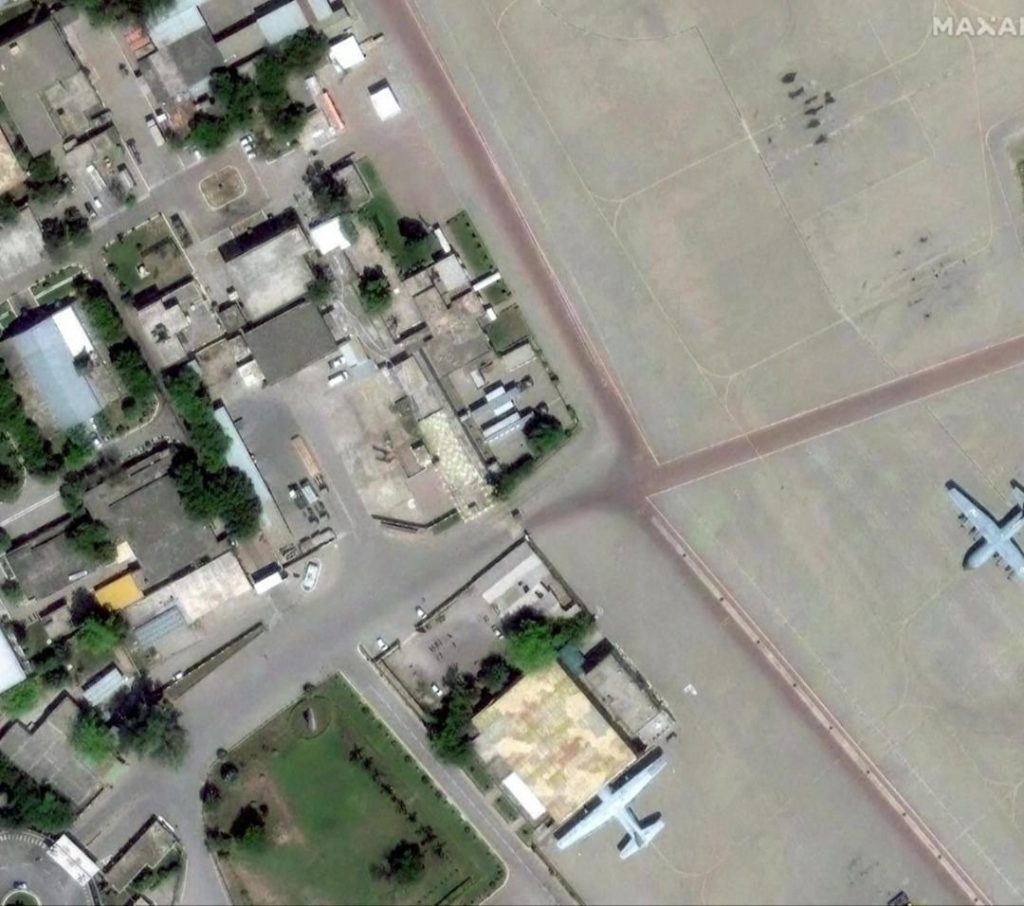
Air Defence Systems of China & Pak No Match for India’s BrahMos: Expert
In a recent development that has sent shockwaves across the borders, American urban warfare expert, Colonel (Retd) John Spencer, has hailed India’s Operation Sindoor, a precision strike that damaged Pakistan’s air bases, and has stated that the air defence systems of China and Pakistan are no match for India’s BrahMos missile. BrahMos, a supersonic cruise missile, has been a game-changer in India’s military arsenal, and its capabilities have left many experts impressed.
In an interview, Colonel Spencer, who has extensive experience in urban warfare, praised India’s military might and its ability to deliver precision strikes. He said that the BrahMos missile is a significant advantage for India, and its deployment has sent a clear message to Pakistan and China that India can hit anywhere in their territories anytime.
“Chinese air defence systems and missiles are sub-par vis-à-vis India’s systems,” Colonel Spencer said. “India’s message was clear. It can hit anywhere in Pakistan anytime.” These comments have sparked a sense of unease in Pakistan and China, who have been trying to keep pace with India’s military advancements.
The BrahMos missile has been a subject of interest for many military experts and strategists in recent years. Developed by India’s Defence Research and Development Organisation (DRDO) in collaboration with Russia’s NPO Mashinostroyenia, BrahMos is a supersonic cruise missile that can travel at speeds of up to Mach 2.8, making it nearly impossible to intercept. Its range is approximately 290 kilometers, and it can carry a payload of up to 200 kilograms.
India has been deploying BrahMos missiles in various forms, including land-based, ship-based, and air-launched variants. This versatility has made it a valuable asset for India’s military, allowing it to engage targets at will. The missile’s high speed and agility make it difficult for air defence systems to track and intercept, making it a formidable weapon in India’s arsenal.
The comments by Colonel Spencer have been seen as a significant endorsement of India’s military capabilities, particularly its BrahMos missile. His expertise in urban warfare and his experience in dealing with complex military operations have given his views significant weight. His statement has also raised concerns in Pakistan and China, who have been trying to develop their own air defence systems to counter India’s BrahMos.
Pakistan has been trying to develop its own air defence systems, including the Pakistan Aeronautical Complex (PAC) Babur-III cruise missile, which is believed to be similar to India’s BrahMos. However, experts have questioned the capabilities of the Babur-III, citing its lower speed and range compared to the BrahMos.
China, on the other hand, has been developing its own air defence systems, including the HQ-19 surface-to-air missile system, which is believed to be capable of intercepting supersonic targets. However, Colonel Spencer’s comments suggest that even China’s advanced air defence systems are no match for India’s BrahMos.
The deployment of BrahMos missiles by India has significant implications for the region. It has given India a significant advantage in terms of military capabilities, and its precision strikes have sent a clear message to Pakistan and China that India is capable of delivering targeted attacks.
In conclusion, Colonel (Retd) John Spencer’s comments have highlighted the capabilities of India’s BrahMos missile and its role in India’s military arsenal. The BrahMos has given India a significant advantage in terms of military capabilities, and its deployment has sent a clear message to Pakistan and China that India is capable of delivering targeted attacks. As tensions continue to rise in the region, India’s BrahMos missile is likely to play a crucial role in shaping the military dynamics of the region.



